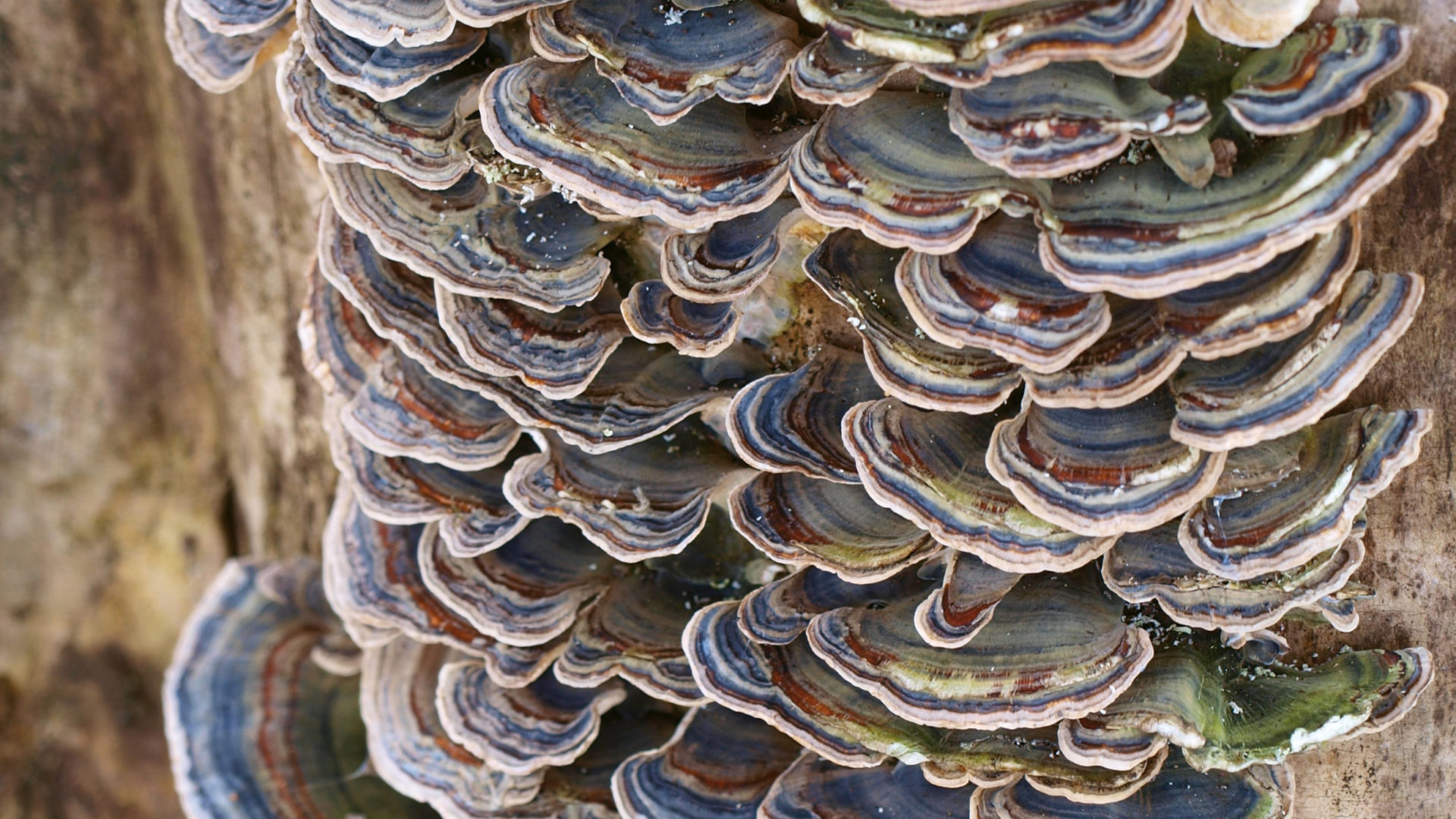Source: d-jukic – stock.adobe.com
Biopolymers for 3D printing
Large quantities of previously unused, degradable biopolymers accrue in agriculture and forestry. They could be used for 3D printing, replacing the non-biological polymers that have been used en masse.
Reading time approx. 4 minutes
In recent years, the technology of additive manufacturing, better known as 3D printing, has seen huge growth. A large proportion of the printed materials are plastics, which are used to print several trivial products such as disposable sunglasses that contribute to global waste and exacerbate the CO2 problem, as the German Federal Ministry of the Environment indicates in its study on the environmental impact of 3D printing. Alternative plastics made from biological material cannot solve this problem because they are not fully degradable and their production is energy-intensive. At the same time, large quantities of previously unused, degradable biopolymers accrue in agriculture and forestry, which have the potential to replace non-biological polymers. Some biopolymers such as cellulose have already been used in 3D printing. However, chemical binders such as formaldehyde have to be added to achieve mechanical properties similar to those of plastics, making the final products non-biodegradable.
Glossary
Biopolymers | Group of macromolecules produced in animal, plant or microbial cells. Examples are polysaccharides, proteins and DNA.
Enzymes | Proteins that accelerate a chemical reaction, similar to a catalyst.
Laccases | Enzymes that occur in many fungi, plants and microorganisms and whose representatives can oxidise tannins, among other things.
Transglutaminases | Enzymes that cross-link other proteins with or among each other.
Lignin | Complex macromolecules that act as a support structure in plant cell walls
Stable thanks to chitin from crab shells
Under the leadership of Dr Kristin Protte and Dr Oliver Schwarz, the research team at Fraunhofer IPA is working on the development of manufacturing processes for printable biopolymer materials that are completely biodegradable and achieve stability by use of cross-linking enzymes. The focus is on the use of adapted enzyme systems enabling the establishment of robust manufacturing processes.
A first project relates to the cross-linking of chitin, a long chain polymer of N-acetylglucosamine, a derivative of glucose, which is extracted from crab shells. After pre-treatment with hot lye, the scientists add laccase enzymes and natural tannins, also known as phenolic compounds, to the pre-treated chitin particles. This binds the tannins to the surface of the particles, which then form additional stable bonds. The scientists can better control the chain reaction that has now been sparked by placing the particles in a matrix of gelatine. The final curing process is accelerated by another enzyme, transglutaminase, which cross-links the gelatine. According to the selected combinations of enzyme and substrate concentrations and the process temperatures, Fraunhofer IPA was able to achieve mechanical properties similar to those of plastics.
Cross-linking enzymes for waste wood
In addition to chitin, the use of wood particles from broken wood and hardwood as a raw material for 3D printing is also being investigated. The central polymer for enzymatic cross-linking is lignin, which is known for its high mechanical stability. Natural layers, or coatings, which are also being developed by the IPA, serve as protection against premature degradation. Further projects on other biopolymers are in pipeline.
Close cooperation with the Centre for Additive Production at Fraunhofer IPA could help in the future to bring about innovative production methods and printing technologies for application with biodegradable printing materials, breaking new ground in the field of additive manufacturing in the process.
Biological transformation: biointelligent 3D printing
Anybody who wishes to implement sustainable production processes would be well-advised to look towards the example of nature. There is no waste in nature. Decaying material forms the basis of new life. The model is the circular economy. Businesses that produce and operate in line with the principles of nature are increasingly integrating natural materials, structures, processes and organisms in technology. Production is being transformed biologically, with the ultimate goal of generating biointelligent systems that incorporate high volumes of data and operate on a regenerative, cost-effective and highly flexible basis.
The research on biopolymers for 3D printing carried out by Kristin Protte and Oliver Schwarz facilitates the development of manufacturing processes for natural, biodegradable printing materials. It is an important step towards biointelligent 3D printing. The goal of all research projects is to be able to replace plastic products with an average service life of about two years. By dispensing with chemical binders and coatings, these printed objects are totally natural and biodegradable.
Your expert contact
Kristin Protte-Freitag
Member of the Process and Process Development research team for the scaling up of pharmaceutical development and production
Phone: +49 711 970-3654
